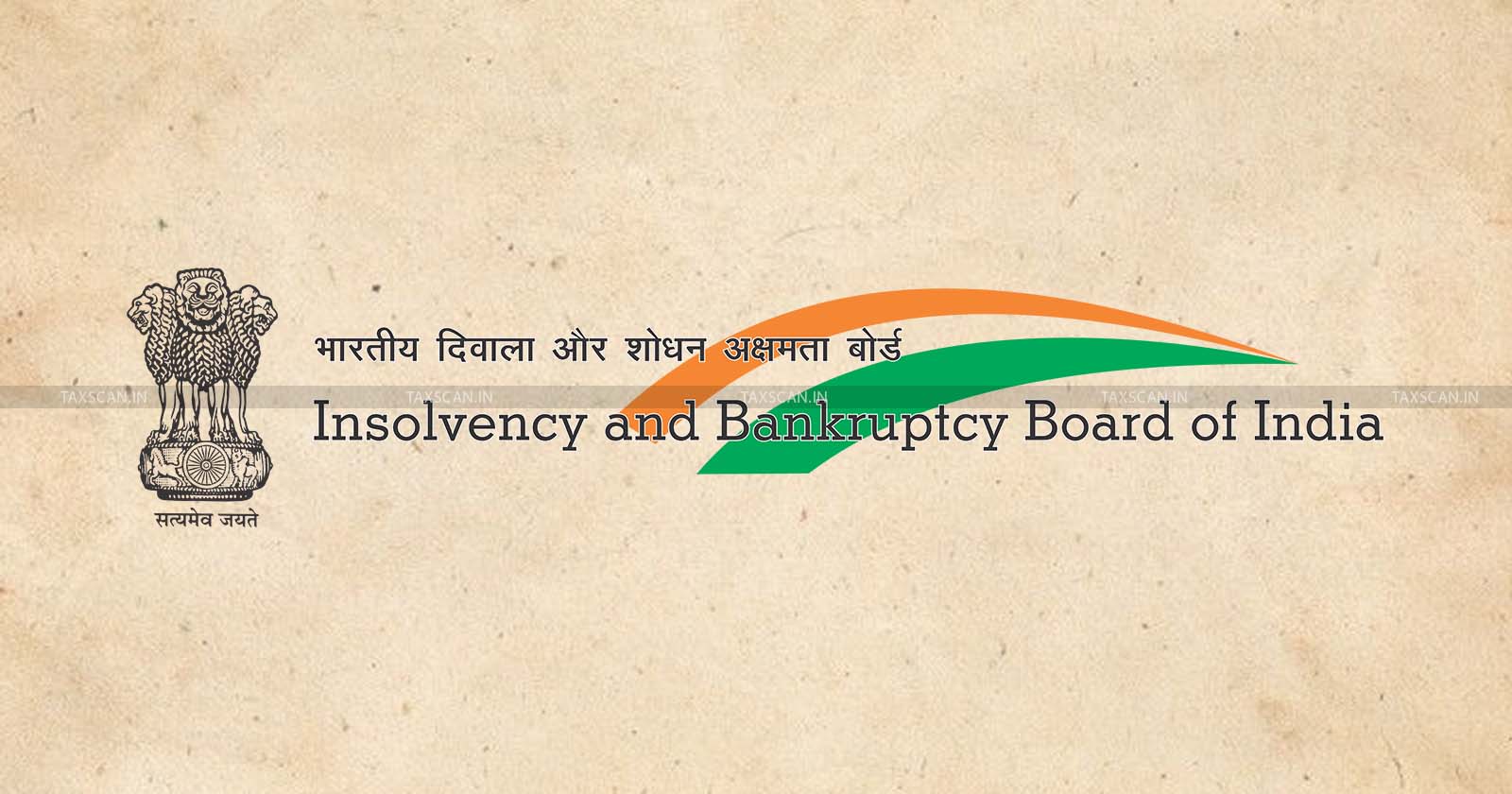Bombay HC upholds IBBI Circular on Liquidation Fees, Clarifies IP’s Role in Insolvency Costs [Read Order]

Bombay high court – Bombay hc – IBBI Liquidation – fees Insolvency – costs Insolvency – TAXSCAN
Bombay high court – Bombay hc – IBBI Liquidation – fees Insolvency – costs Insolvency – TAXSCAN
The Bombay High Court has rendered a judgment upholding a Circular issued by the Insolvency and Bankruptcy Board of India ( IBBI ) regarding the computation of liquidation fees.
The ruling provides clarity on the role of Insolvency Professionals ( IPs ) in managing insolvency costs, marking a crucial milestone in the interpretation of regulations governing the insolvency process.
The case, brought before the High Court as Writ Petition involved Amit Gupta, a Chartered Accountant and registered Insolvency Professional. The petitioner, represented by Mr. Sharan Jagtiani, Karl Tamboly, G. Aniruth Purusothaman, Anuj Desai, Joshua Borges, Aman Kacheria and Parth Shah challenged a Circular dated 28th September 2023 issued by the IBBI, alleging that it retroactively amended the Insolvency and Bankruptcy Board of India (Liquidation Process) Regulations, 2016 (LP Regulations), thereby exceeding the IBBI’s regulatory powers.
The petitioner argued that the IBBI Circular exceeded its regulatory powers by introducing new definitions instead of clarifying existing legislation, violating procedural regulations. It was also contended that the Circular retroactively penalised past actions of IPs, disrupting legitimate expectations and constitutional rights.
The respondent revenue, Insolvency and Bankruptcy Board of India and Union of India, represented by
Mr. Pankaj Vijayan, Sushmita Chauhan, Shyam Upadhyay and Mr. R. Mishra argued that the IBBI Circular aimed to prevent unjust enrichment by clarifying the treatment of liquidation costs. They contended that some liquidators improperly classified running costs as liquidation costs, inflating fees and misinterpreted payments to contractual parties as distributions to stakeholders, justifying the Circular’s necessity.
The heart of the matter lies in the interpretation of Regulation 4(2)(b) of the LP Regulations, which governs the computation of fees for IPs handling liquidation assignments.
The IBBI’s Circular sought to clarify certain terms within this regulation, particularly regarding the calculation of fees based on the amount realised and distributed during the liquidation process.
The division bench of Justice B.P. Colabawalla and Justice Somasekhar Sundaresan upheld certain aspects of the Circular while striking down others, providing a nuanced understanding of the legal framework surrounding liquidation fees.
One of the key rulings pertained to Paragraph 2.1 of the Circular, which introduced a definition of “Amount realized" in the context of liquid assets. The Court deemed this provision as ultra vires the LP Regulations and the Insolvency and Bankruptcy Code (IBC), stating that it imposed substantive amendments without proper legislative backing.
However, Paragraphs 2.3 and 2.4 of the Circular, which clarified the treatment of certain payments to operational creditors, were upheld as valid interpretations of existing regulations.
Further, the bench highlighted the necessity for regulatory bodies like the IBBI to follow prescribed procedures, including public consultation and economic analysis, before issuing circulars or regulations that could have a substantive impact on stakeholders.
The judgment also addressed the broader implications of show cause notices issued by regulatory authorities, particularly their impact on the professional activities of IPs.
The Court stressed the need for a balanced approach to disciplinary proceedings, urging the IBBI to review the provisions that automatically suspend an IP’s authorisation upon initiation of disciplinary proceedings.
In conclusion, the Bombay High Court struck down Paragraphs 2.1 and 2.5 of the IBBI Circular. Paragraph 2.1 was struck down for being ultra vires and unconstitutional while Paragraph 2.5 was struck down as it mandates judicial approval for exclusions in fee calculations, which introduces new legal requirements beyond clarification.
However, it upheld Paragraphs 2.2, 2.3 and 2.4, clarifying the treatment of liquidation costs and payments to operational creditors as valid interpretations of existing regulations, emphasising the importance of procedural adherence and regulatory clarity in the insolvency and bankruptcy domain.
Paragraph 2.2 was upheld as it clarifies legal positions regarding liquidation costs. Paragraph 2.3 is deemed valid as it prevents operational payments from being misclassified as stakeholder distributions. Paragraph 2.4 is also valid as it clarifies the calculation method for fees over different periods.
The Petitioner is allowed to argue his case before the IBBI on the merit of the Second Show Cause Notice, excluding the invalidated provisions of the Circular and the IBBI is directed to reconcile and dispose of overlapping issues from the First and Second Show Cause Notices.
To Read the full text of the Order CLICK HERE
Support our journalism by subscribing to Taxscan premium. Follow us on Telegram for quick updates


